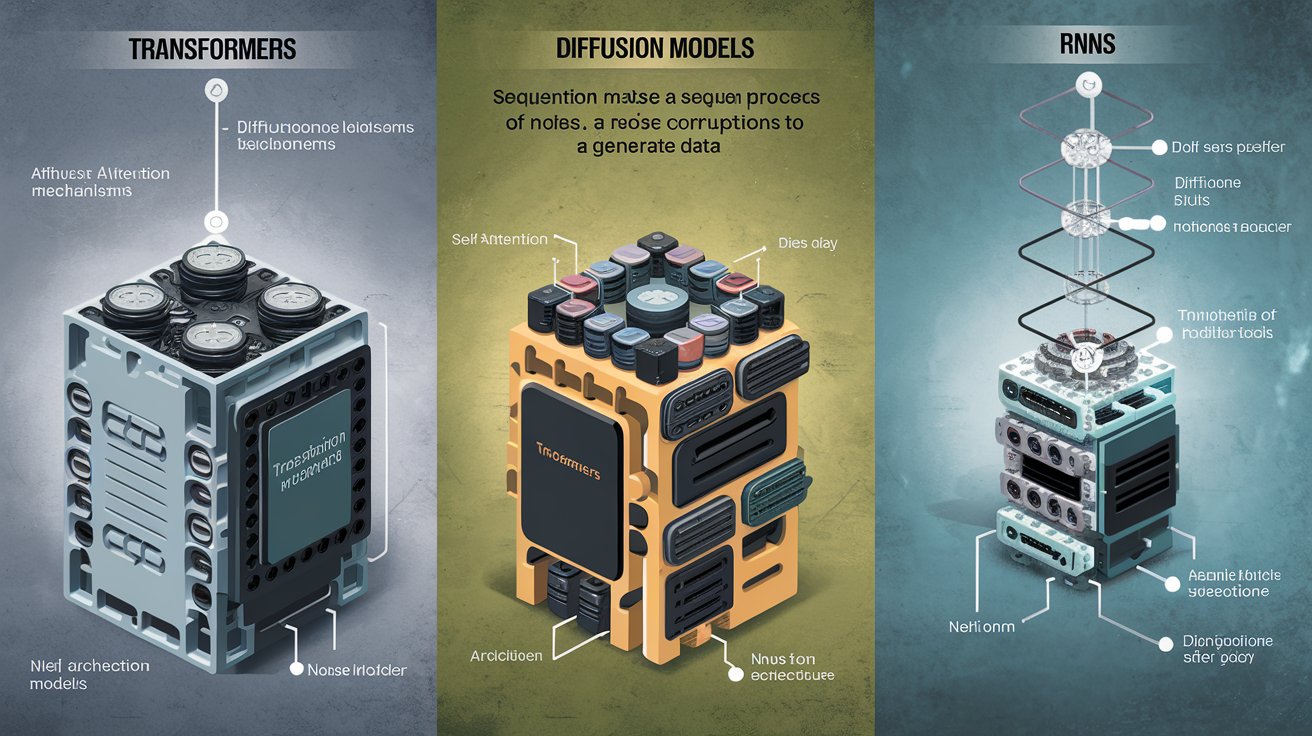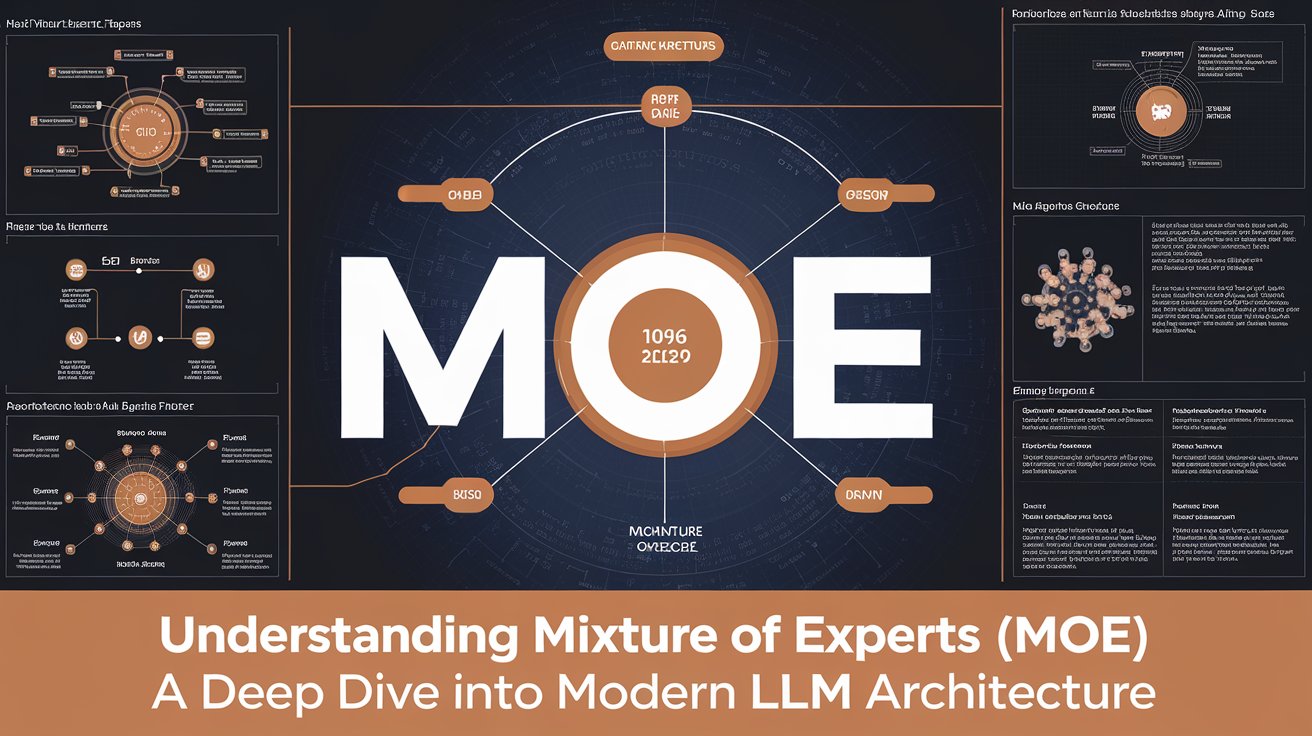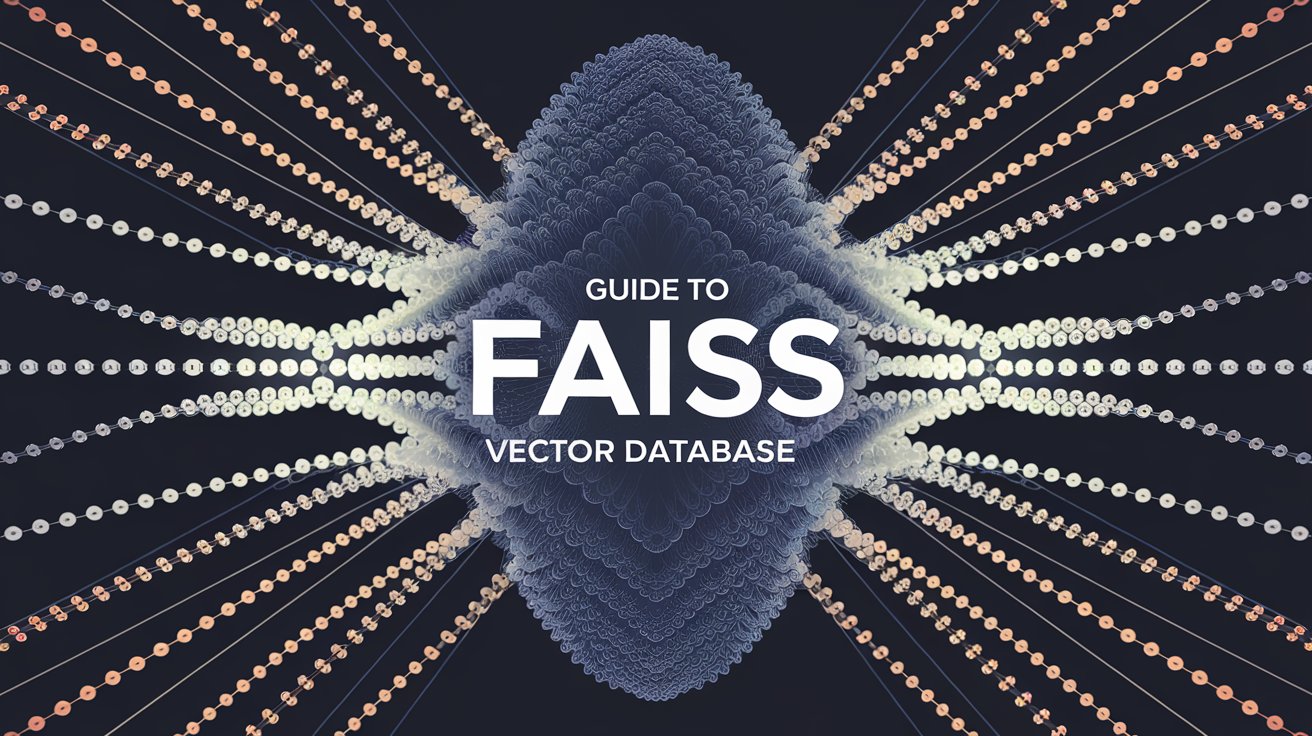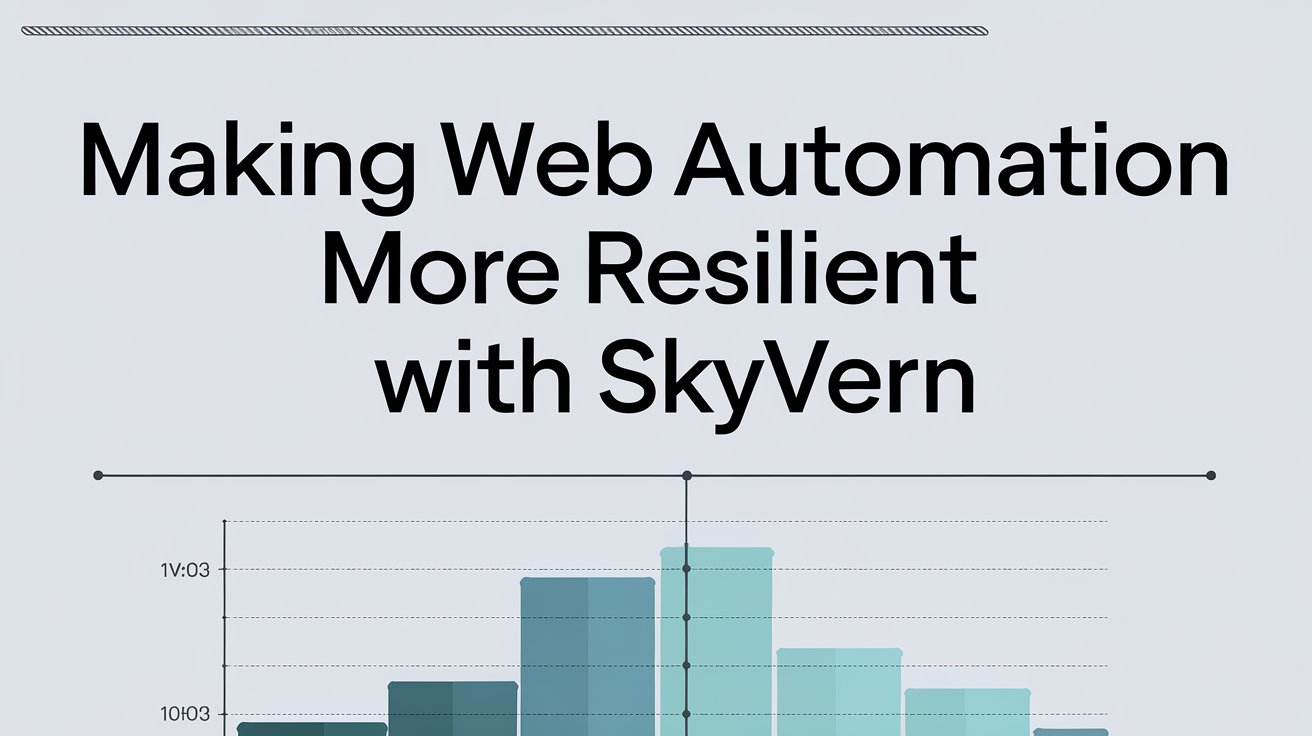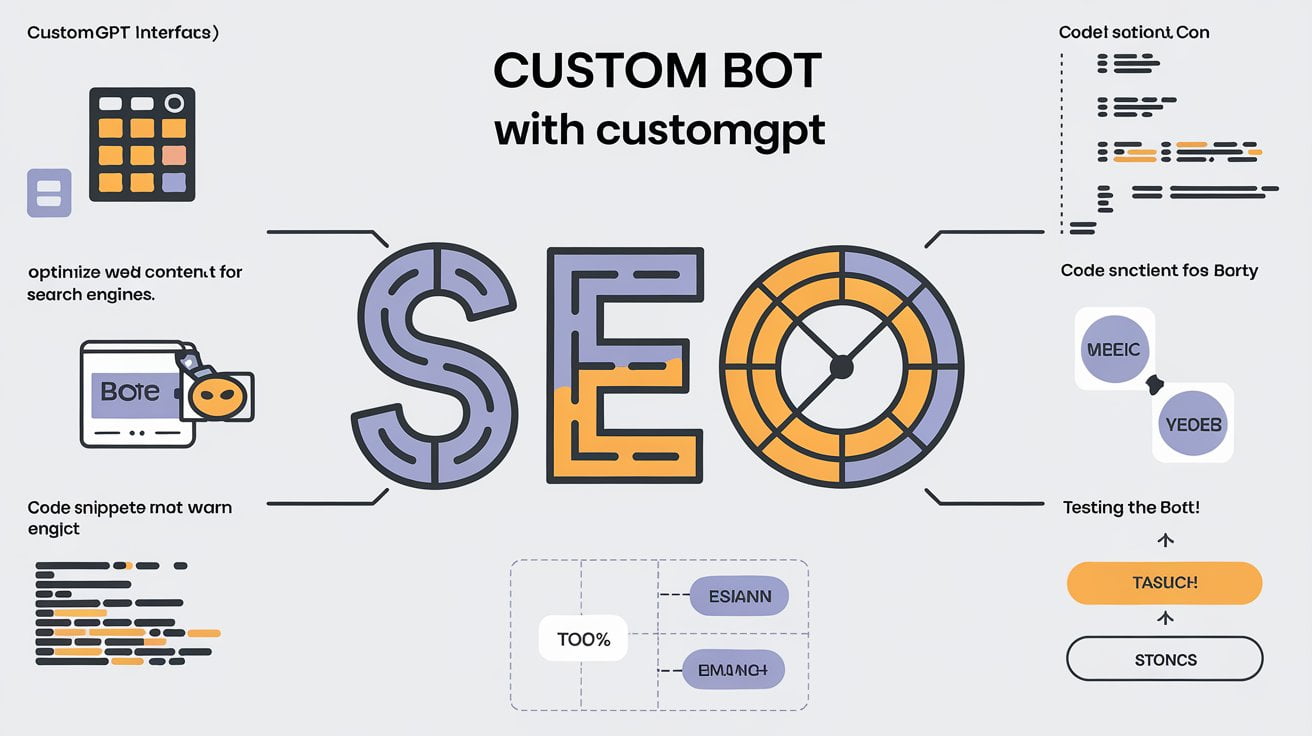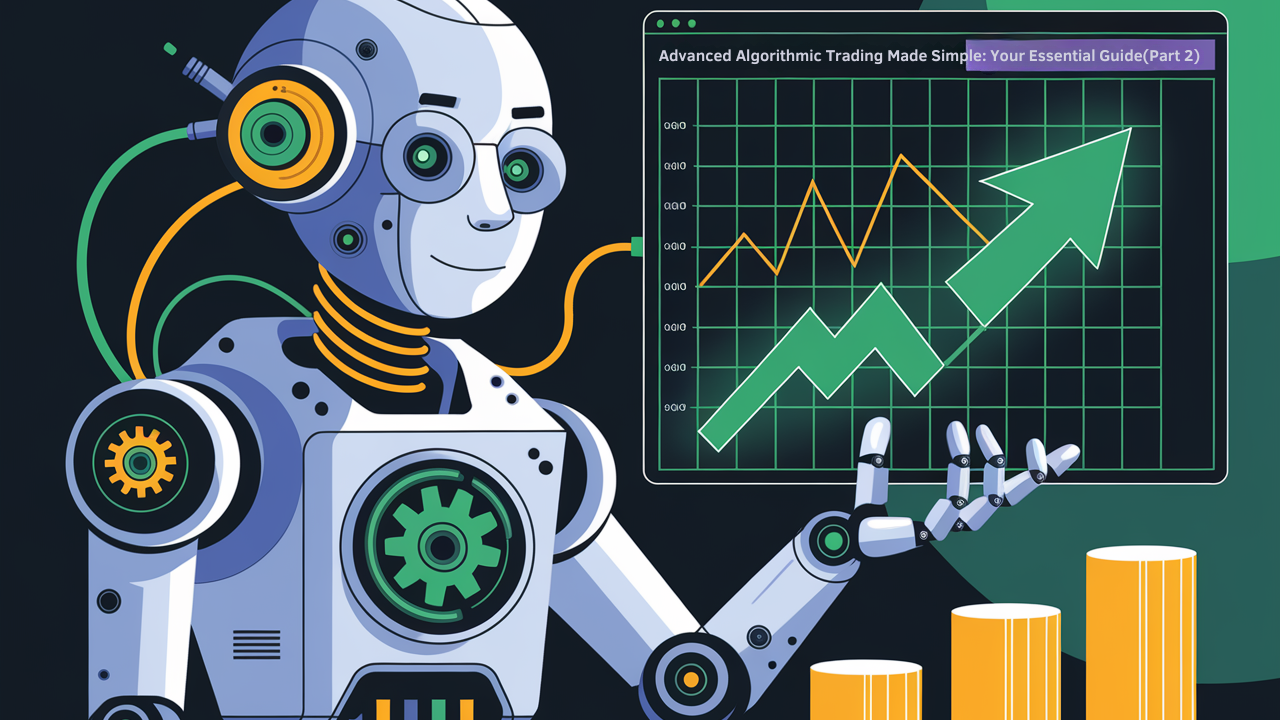Close vs Open AI Models: Do we need regulation?

In 1999, Eric Raymond wrote the bestselling book The Cathedral and the Bazaar. The book(which was earlier an essay) advanced our thinking when it comes to development of Open Source software. The cutthroat competition between Windows and Linux to control the operating system, who owns the source code, Open-Source licences, business model for open-source softwares are some of the questions that were heavily debated, discussed and negotiated over the early years of millenium.
When, a few years ago, Satya Nadella decided to open-source .NET, it marked a pivotal moment that signaled a cultural shift at Microsoft. However, as Mark Twain once said, “History does not repeat itself, but it often rhymes.” Today, Microsoft, OpenAI, and Google are all entrenched in closed-source, proprietary models of LLMs and GenAI, selling technology with the potential to be omnipresent, omniscient, and omnipotent. This situation is reminiscent of how Pope Leo X sold forgiveness to Catholics as “a way to reduce the amount of punishment one has to undergo for (forgiven) sins.” This act was a major catalyst for the Protestant Reformation.
What is surprising is the lack of discussion among policymakers and the developer community about the closed-source nature of these models. While it is true that these models require costly computing power and someone needs to foot the bill, it is also true that many of these models are being built on the foundations of open-source languages, frameworks, and university research funded by government and public grants.
Here are some stories where closed-source models have gone terribly wrong:
1. Microsoft and OpenAI say hackers are using ChatGPT to improve cyberattacks
2. Criminals are using AI tools like ChatGPT to con shoppers. Here’s how to spot scams.
3. ChatGPT can be kind of racist based on how people speak, researchers say
Societies thrive on innovation and free markets. However, the lack of discussion on these models, the lack of transparency in their development, and the biases and errors they might produce need to be addressed by the community at large. This is especially important given the significant contributions of the open-source community to their development. In the realm of food safety, there are numerous safeguards to ensure the safety and standards of what we consume. Yet, there has been a glaring oversight by policymakers regarding the development of GenAI models and their potential implications.
What is even more surprising is the absence of the kind of open-source pushback that occurred a couple of decades ago when Microsoft sought to dominate the operating system market. Hopefully, early experiments with small language models might show some promise. However, the high cost of computing power is a significant barrier to entry for such experiments. How the community addresses this issue remains an unanswered question.
In this new struggle between the Cathedral and the Bazaar, it seems the merchants of the Bazaar have taken over the Cathedral with a firm grip. How the balance will be restored is something only time will tell.
